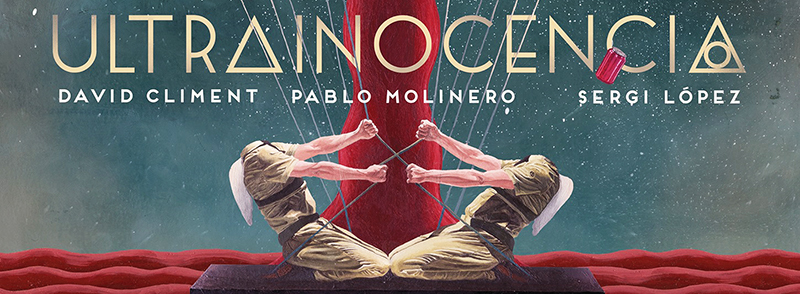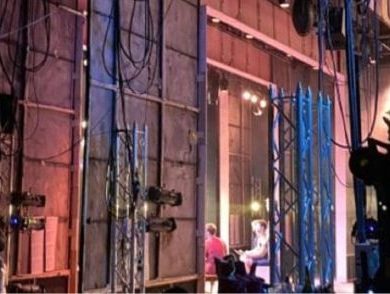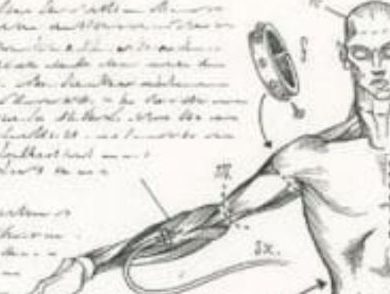
Ultrainocencia (Ultrainnocence, dir. Manuel Arija de la Cuerda, 2020)
If God doesn’t appear in our dimension, we’ll find it in another
On July 26th, the Spanish motion picture Ultrainocencia was exhibited for the second time at the Transilvania International Film Festival (TIFF), after having been aired on the 24th as well, as part of the Full Moon section. With a runtime of 95 minutes, Ultrainocencia represents the feature film debut of director Manuel Arija de la Cuerda, an ambitious project brought to fruition despite last year’s dire conditions. The movie is based on a play initially written for experimental theatre by the two main actors, David Climent and Pablo Molinero. The three weeks of filming and four years of post-production thus crystallised into the exploration of a question that has forever baffled the human mind – does God exist?
The subject usually invites religious contemplation. However, the motion picture exceeds such expectations right from the start. A corporate advertisement with a 90s aesthetic calls for mighty pioneers to participate in the first ever attempt at finding God in a parallel dimension. This alternate history of humanity avoids the divergence between spirituality and technology, a dichotomy often believed to be the default of our reality. Here, science and religion get along and join forces, multiple dimensions now being accessible courtesy of technological and digital advancement.
Contrary to all expectations, Adán and Orión’s peculiar and slightly comedic performance in applying for the open positions becomes a success and the two men are granted the opportunity to be the first humans to contact God in a parallel universe. Their journey is depicted in visuals à la Wes Anderson, in the desaturated, confined space of the interdimensional capsule, patiently waiting for the launch. Adán and Orión’s efforts could be characterised by a cyclicity that, albeit reassuring and meticulous in the beginning, slowly transforms into an oppressive repetition with no results. The sterility and symmetry of the space, together with the efforts to isolate the pioneers from any contact with the exterior world, contrasts with the physicality of the creative act, as their daily ritual of invocation consists of contemporary dancing with a heavy focus on physical contact. In spite of spirituality’s dismissal of the human body—the Corporation’s mantra Pure.Clean.Immaculate chanted in the background as Adán and Orión execute their choreography—it is that very corporality that establishes a connection with a higher form of consciousness. Nevertheless, when their safe haven is contaminated, their entire work seems to have been in vain and ultimately causes their demise.
As the film advances, though, it becomes increasingly evident that the answer concerning God’s existence may intentionally conceal itself and that an obsession with the divine signals one’s descent into madness. Faith is depicted as an autonomous entity with its own agency, an entity that could be missed, forgiven and that can suddenly disappear – Orión pleads for his faith to come back, wondering why it has left him, in spite of him treating it so nicely. I don’t understand why it’s hiding. The divine is perceptible only when no one is looking. As if martyrs, they contemplate a life devoid of faith and whether there is any point to it at all.
In their final speech, the creators of the film succinctly summarise their intent: “We don’t need an answer for everything. It is truly a mystery to be alive”. Even if we were to receive a sign, they said, we may very well be unable to decode its meaning – we get an answer, yet we have no idea what to do with it. A spiritual journey to find God is, after all, an entirely subjective experience. Is sacrificing lives for the sake of knowledge worth it, under these circumstances? “Keep your spirit willing to learn from the beyond” was the director’s ending remark.
Although controversial in its depictions of religious imagery and rituals, Ultrainocencia, a “modern take on the life of saints”, successfully reinvents the narrative of sacrifice for the greater good in both scientific and esoteric ways.
Dante Iacob
Fotografie Copertă © Ultrainocencia on Facebook (@ULTRAinocencia)
Ultrainocencia Official Website: Ultrainocencia





